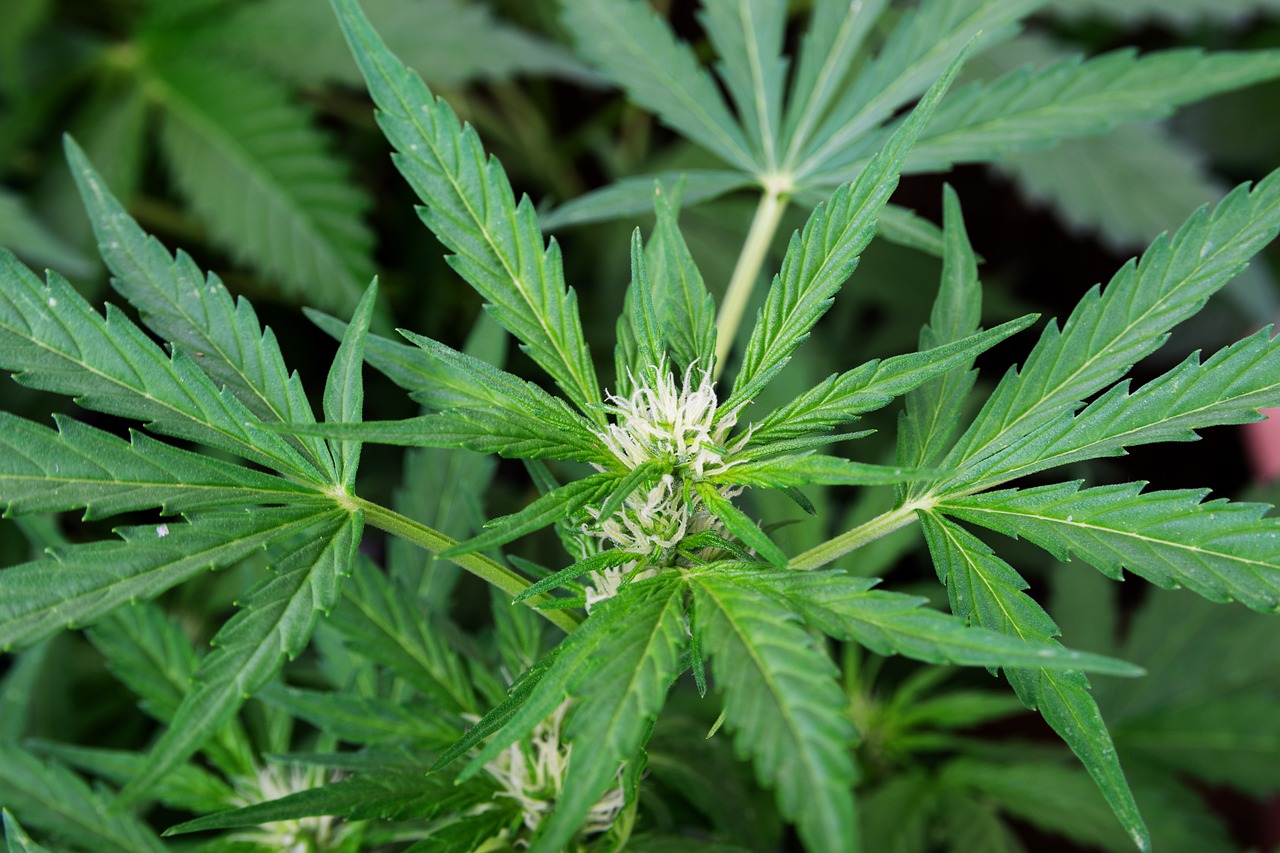The world of cannabinoids is vast and ever-evolving, with new discoveries continually reshaping our understanding of these fascinating compounds. Among the many cannabinoids found in the cannabis plant, THCA (tetrahydrocannabinolic acid) has emerged as a subject of significant interest. This article explores the unique properties of THCA, its potential benefits, and its role in the broader context of cannabis research and application.
What is THCA?
Top-rated THCA flower is a non-psychoactive cannabinoid found in raw and live cannabis. Unlike THC (tetrahydrocannabinol), which is well-known for its psychoactive effects, THCA does not produce a “high.” This distinction is due to the presence of a carboxylic acid group in THCA, which prevents it from binding effectively to the brain’s CB1 receptors.
The Chemical Transformation
THCA undergoes a process called decarboxylation when exposed to heat, light, or time. This process removes the carboxylic acid group, converting THCA into THC. This transformation is why raw cannabis does not produce psychoactive effects until it is heated or aged.
Potential Benefits of THCA
Research into THCA is still in its early stages, but preliminary studies and anecdotal evidence suggest several potential health benefits:
- Anti-inflammatory Properties: THCA may help reduce inflammation, making it a potential therapeutic option for conditions like arthritis and lupus.
- Neuroprotective Effects: Some studies indicate that THCA might protect against neurodegenerative diseases such as Alzheimer’s and Parkinson’s.
- Anti-emetic Benefits: THCA has shown promise in reducing nausea and vomiting, which could benefit patients undergoing chemotherapy.
- Appetite Stimulation: Like THC, THCA may help stimulate appetite, which can be beneficial for individuals with eating disorders or those undergoing treatments that suppress appetite.
THCA in the Cannabis Market
The growing interest in THCA has led to its increased presence in the cannabis market. Products such as raw cannabis juice, tinctures, and capsules are becoming more popular among consumers seeking the benefits of cannabis without the psychoactive effects of THC.
Case Study: THCA Tinctures
One notable example is the rise of THCA tinctures. These products are often marketed to individuals looking for natural anti-inflammatory solutions. A study conducted by a California-based cannabis company found that 70% of their THCA tincture users reported a noticeable reduction in inflammation-related symptoms within two weeks of regular use.
Legal Considerations
The legal status of THCA varies by region. In many places, THCA is not classified as a controlled substance, primarily because it does not produce psychoactive effects. However, the conversion of THCA to THC through decarboxylation can complicate its legal status. Consumers and producers must navigate these complexities to ensure compliance with local laws.
Research and Future Directions
The scientific community continues to explore the potential of THCA. Ongoing research aims to better understand its mechanisms and therapeutic applications. Some areas of interest include:
- Comprehensive Clinical Trials: More extensive human trials are needed to confirm the preliminary findings regarding THCA’s benefits.
- Synergistic Effects: Researchers are investigating how THCA interacts with other cannabinoids and terpenes to enhance therapeutic outcomes.
- Delivery Methods: Innovations in delivery methods, such as transdermal patches and nanoemulsions, are being explored to improve the bioavailability of THCA.
Challenges and Considerations
Despite its potential, THCA faces several challenges. The lack of comprehensive research limits our understanding of its full range of effects. Additionally, the variability in cannabis strains and cultivation methods can lead to inconsistent THCA levels in products.
Consumer Awareness
Educating consumers about THCA is vital for its acceptance and use. Many people are unaware of the differences between THCA and THC, leading to misconceptions about its effects and benefits. Clear labeling and informative marketing can help bridge this knowledge gap.
Conclusion
THCA represents an exciting frontier in cannabinoid research and application. Its non-psychoactive nature and potential therapeutic benefits make it an attractive option for those seeking alternative health solutions. As research progresses and consumer awareness grows, THCA may play a significant role in the future of cannabis-based therapies. The journey of understanding THCA is just beginning, promising new insights and opportunities in the world of cannabinoids.


